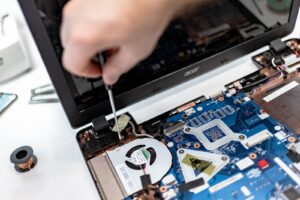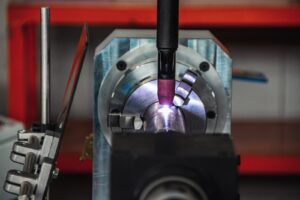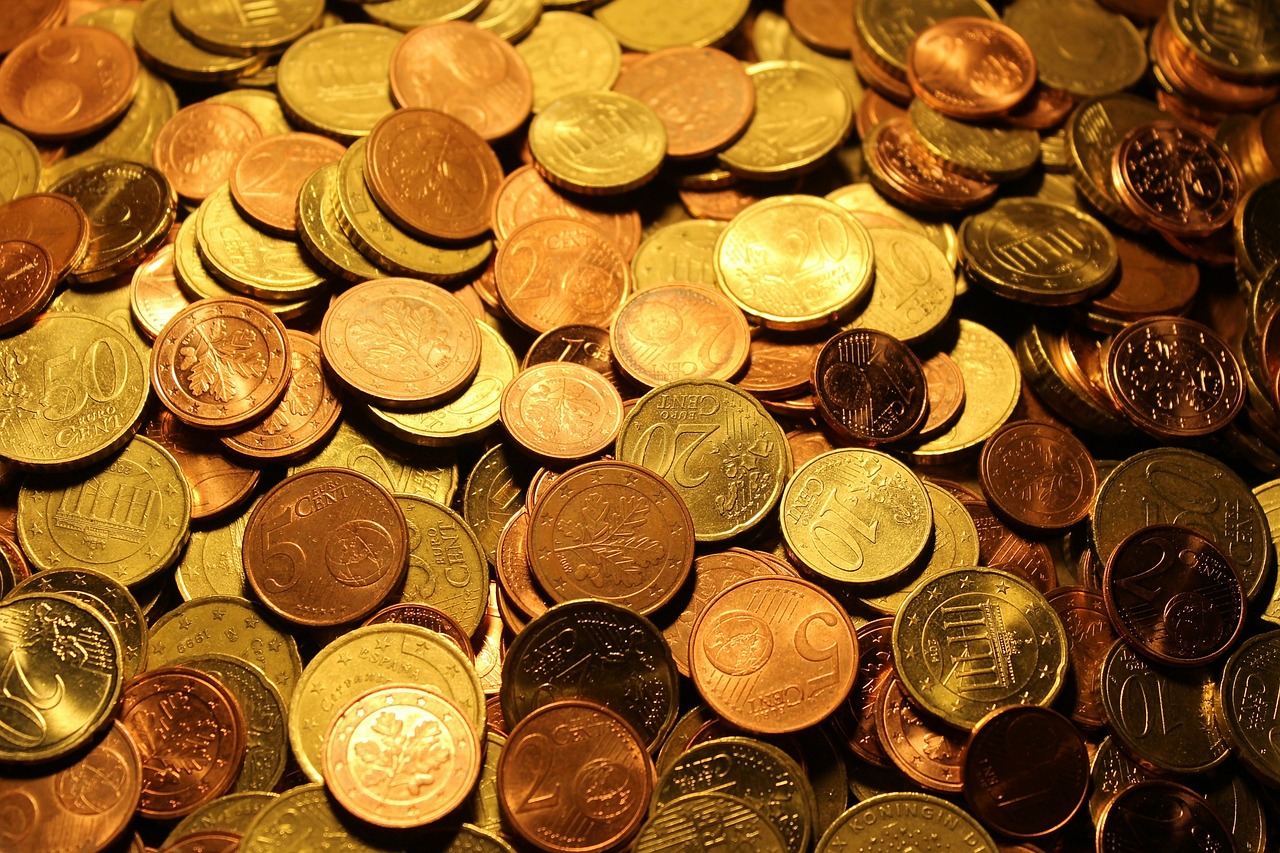
SolVisionCase Study
Coin Recognition Using AI
Case
Inspecting and Classifying Coins
Coins, initially introduced in ancient times as a form of payment, have evolved to play a crucial role in currency circulation. Following the minting process, coins undergo meticulous manual inspections to ensure their size and appearance meet the required standards before undergoing classification screening.
Challenge
Overcoming Identical Patterns and Size Variations
Classifying highly reflective and similar coins poses a significant challenge. Despite recent efforts to incorporate visual technology into minting processes, coins remain particularly challenging for machines to identify due to their nearly identical metal materials, patterns, and minimal size variations. An illustrative example is found in the Indonesian Rupiah, where coins in denominations of 100, 200, and 500 share identical patterns and exhibit only subtle size differences. Traditional inspection systems struggle to effectively handle reflective metals, and when faced with nearly identical coins with minute variations, rule-based systems are highly susceptible to misclassification.
Solution
Effortlessly Analyzing Coins with Precision AI
SolVision has transformed coin identification with cutting-edge image processing technology, utilizing advanced algorithms to analyze up to 50 distinct coins effortlessly. Resilient against factors like oxidation, the system’s meticulous training process refines the AI model to categorize entire batches with exceptional precision, simplifying tasks for bank tellers and cashiers when dealing with large coin volumes.
Classification
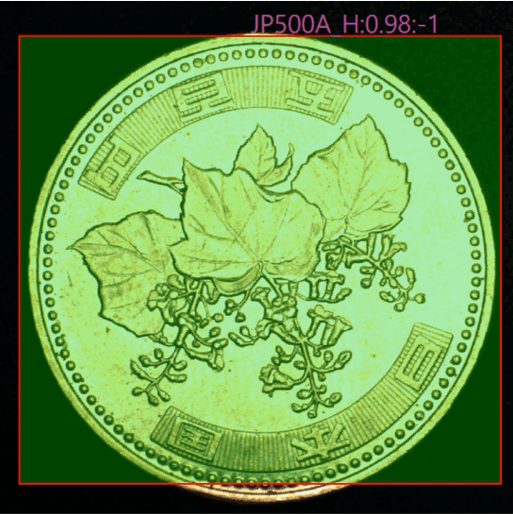
Japanese Yen ¥500
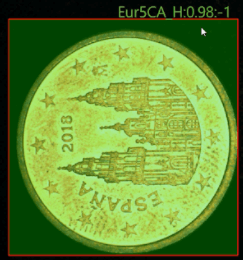
Spanish Euro €0.05
